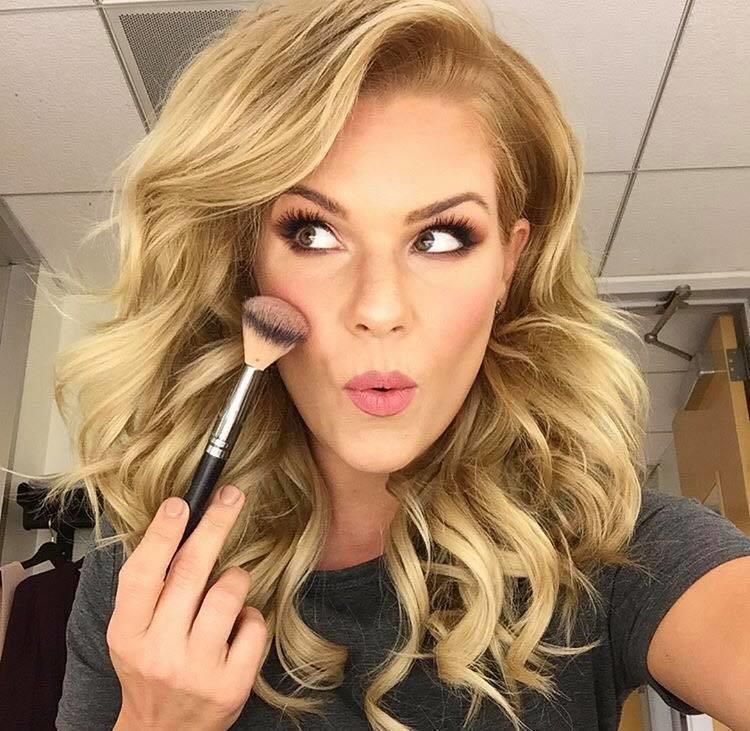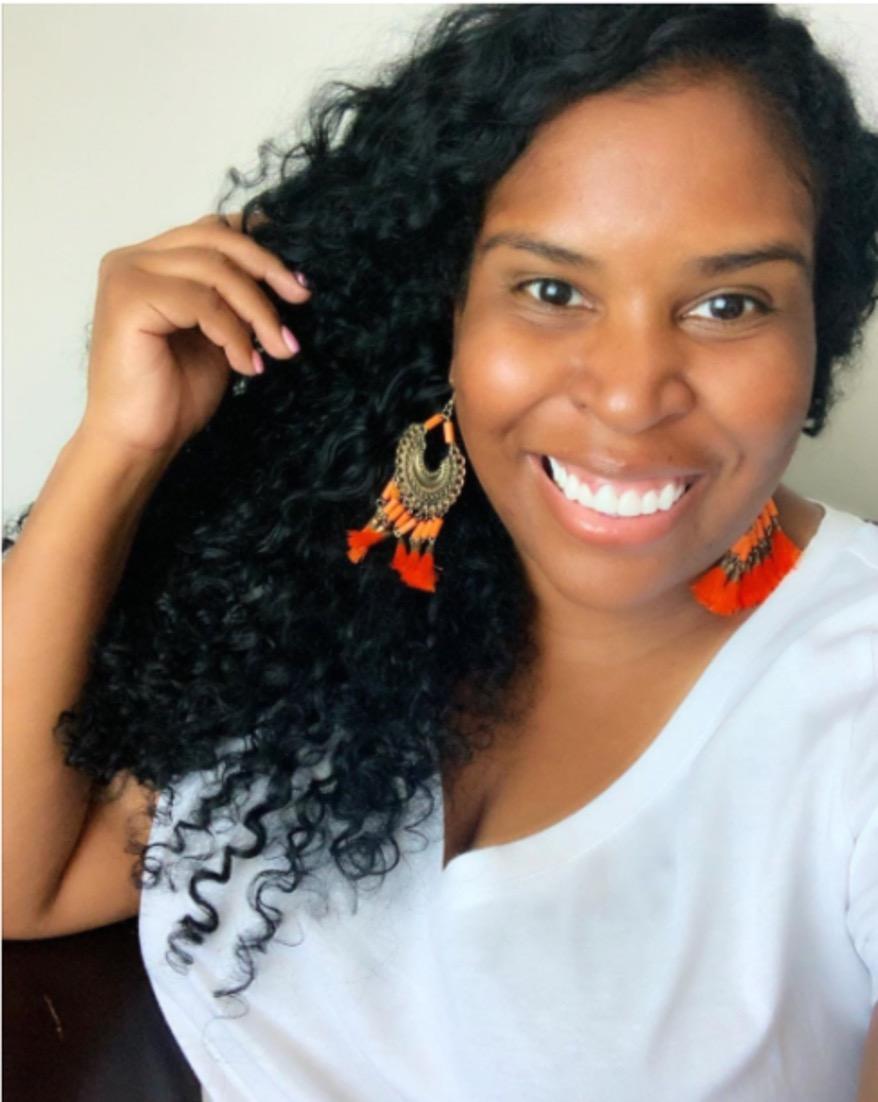Trending Now
Balayage vs. Highlights: the Great Debate
Dear Color Crew: How Can I Cover My Gray Without Coloring the Rest of My Hair?
What's The Difference Between Semi-Permanent & Permanent Hair Color?
How and When to Use Hair Gloss
Dear Color Crew: How Do I Color Highlighted Hair?
What Causes Hair Loss? Reasons & Solutions, Explained
How to Find the Best Hair Color for Your Skin Tone
by Laura French {{"2021-06-29T19:19:00.000Z" | blogDate:'MMMM d, y'}}
Image by Madison Reed
Changing your hair color can be one of the most exhilarating ways to change up your look. But it’s not always as simple as just picking a color that you think suits your persona or mood. There’s a delicate art to finding the right shade, and it has a lot to do with your skin’s undertones, in addition to your natural hair color.
Your skin tone is what you probably reach for in the makeup aisle: light, medium, tan, olive, deep, etc. There are only three main undertones, though, that inform how your skin tone reads, and ultimately how your hair color registers on you.
Undertones can be warm, cool, or neutral. The biggest myth about tone is that you must stick to a single hair color family, which simply isn’t true. Look at celebrities like Lady Gaga, Rihanna, or Mandy Moore, who all have rocked many different shades of red, brown, blonde, and more. The secret is that they stick to shades that complement the undertones in their skin, which in turn makes the shade appear more vibrant and dynamic.
Determine Your Skin Tone
You might be wondering, “What is my undertone, anyway?”
If your undertone is cool, it will have blue, pink, or ruddy undertones. Your veins will appear bluish in natural light (look at the inside of your wrist for clues). Your eye color may have specks of blues and greens. And your skin tends to burn, not tan (so slather on that sunscreen).
If your undertone is warm, it will have yellow, peachy, or golden undertones. Your veins will appear greenish in natural light. If you have a lot of gold specks in your eyes, that’s another hint that your undertones are warm. Your skin tends to tan, not burn (please wear sunscreen, though).
If you have a neutral undertone, there's no obvious undertone in your skin color. Both warm and cool tones flatter you. (Similarly, neutral hair color shades are a safe bet for everyone.)
According to Madison Reed's color expert Susan Roberts-Cooper, you probably already know whether you're warm or cool, based on your wardrobe. “What you reach for on a bad day is what your skin tone finds most flattering.” If your go-to when you're feeling blah is navy, black, white, or gray, you're cool. If it's cream, beige, or dark brown, chances are you're warm.
Finding Your Perfect Shade
Here is a pretty simple rule to remember: cool hair colors to complement cool skin tones, warm hair colors to complement warm skin tones. For example, if you have cool undertones, look for shades like icy blonde to complement your complexion or for deep jewel tones like blue-black and true red to create a high contrast look. If you have warm undertones, try golden, strawberry or caramel. If your tones are neutral, you can get away with a spectrum running from copper to neutral blonde and brown shades.
Want help finding your perfect hair color? Take the Madison Reed Color Quiz Online. It will guide you through questions about your skin tone and the subtle hints of color you want to see. Want to see what the shade looks like on you? You can upload your picture or use your phone or computer camera to use our Virtual Try On Tool.
If you need an extra hand, call or chat with our Color Crew. You can even book a complimentary virtual Video Color Consultation. Speaking with a Madison Reed licensed colorist is especially important if you are trying to go lighter or have chemically treated hair. During the consultation, the colorist can assess your skin tone, eye color, natural hair color, amount of gray coverage needed, and more, to determine the best shade for you.
In the meantime, let’s look at some scenarios.
Let’s say you're a fair-skinned person with cool tones who wants to choose a complementary blonde shade. You'll want to reach for an icy platinum or opalescent shade. We like Pisa Blonde 9NA.

@heathermignon, Pisa Blonde
If you're light-skinned with warm undertones, dark golden blonde is the way to go — Sicily Blonde 8NGV would look gorgeous on you.

@_kimcaldwell, Sicily Blonde
Neutral, sandy blonde shades like Ancona Natural 11VA beautifully complement either undertone (note that our high lift shades are better suited for blondes who don't need gray coverage).
If you have warm undertones and want to go red, there are a whole range of choices between golden copper and cool auburn. For cool medium skin tones, we love vibrant Portofino Red 6NRR.

@beckpope, Portofino Red
For warm medium skin tones, it doesn't get prettier than vivid, coppery Carrara Crimson 7RC.
Darker skin tones choosing between brunette shades should adhere to the same rules—cool with cool, warm with warm. If you're dark-skinned with cool undertones, deep, smoky Messina Brown 4NA is a great call.

@Jen_Yeager, Messina Brown
If your skin has warm undertones, Bolzano Brown 4NMG contains gorgeous hints of gold and mahogany.

@kellysherman2, Bolzano Brown
Olive skin tone is in a lovely league of its own. Most olive-skinned women have neutral undertones with a slight greenish tint unique to this specific skin tone. Olive skin tones typically look best in either warm or neutral shades. If you have olive skin and want to color your hair black, there's no better bet than Pescara Black 2NNA, a deep caviar black.

@jamiesteele_mn, Pescara Black
Warm, cool, or neutral, there are options in every shade for everyone. And if you want to throw this “rule” out the window—more power to you. The very best way to find your perfect match? Choose the shade of hair color that makes you feel the most confident. Because confidence is beautiful.
Read more on skin tone and hair color.
Originally published: 4/4/18
Updated: 6/29/2021

It All Starts
With Color

